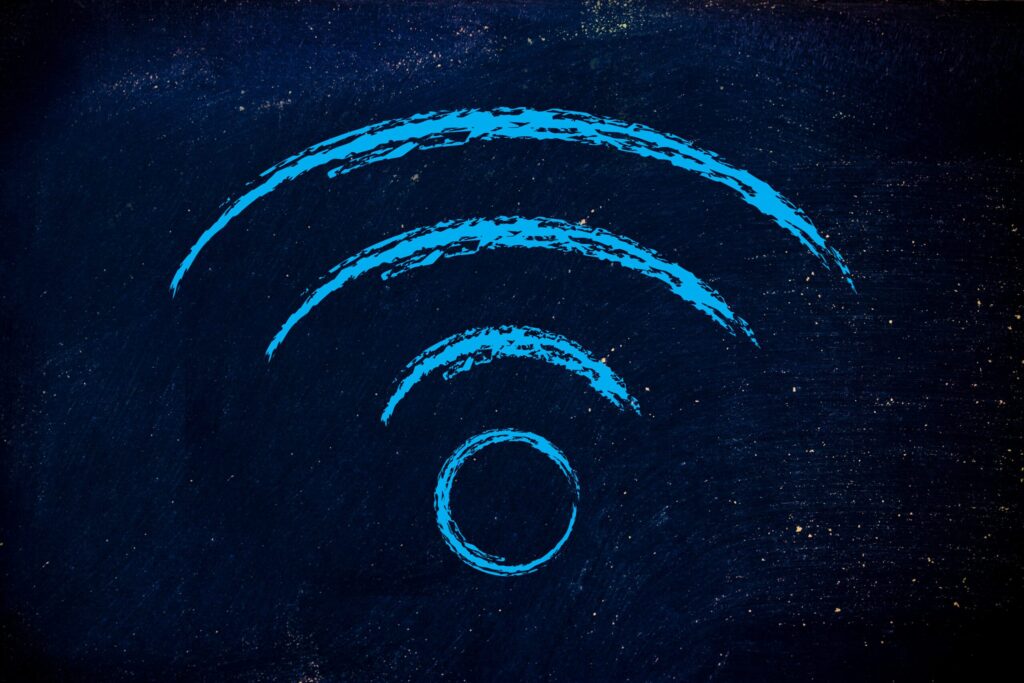Very Low Power or VLP devices are an emerging device category
The Federal Communications Commission has voted unanimously to allow Very Low Power (VLP) devices to operate, unlicensed, across the entirety of the 6 GHz band where unlicensed operations are allowed.
VLP devices that operate across short distances with very high connection speeds are an emerging device category that the FCC said is “ideal for the types of high-data rate cutting-edge applications that will both enrich consumer experiences and bolster the nation’s economy.”
The regulatory agency said that making additional spectrum available for unlicensed VLP device use will provide more capacity for devices and applications including augmented reality and virtual reality (AR/VR), in-car connectivity, wearables, healthcare monitoring, short-range mobile hotspots, high-accuracy location and navigation, automation, and more. The availability of additional unlicensed spectrum for VLP device use is meant to help support a cutting-edge device category that is still emerging.
Federal Communications Commission Chairwoman Jessica Rosenworcel said that the FCC’s action would “help jumpstart the next generation of unlicensed wireless devices.”
While the FCC had already opened up 850 megahertz of the 6 GHz band for unlicensed use that would include VLP devices, FCC Chairwoman Jessica Rosenworcel said in a statement that the move to allow VLP devices in additional spectrum “take[s] the effort to support unlicensed activity in the 6 GHz band even further.” The FCC’s action now means that VLP devices will be allowed to operate across the total of 1,200 megahertz which the FCC designated for unlicensed use back in 2020.
“This 1,200 megahertz means unlicensed bandwidth with a mix of high capacity and low latency that is absolutely prime for immersive, real-time applications,” said Rosenworcel. “These are the airwaves where we can develop wearable technologies and expand access to augmented and virtual reality in ways that will provide new opportunities in education, healthcare, and entertainment. This is the unlicensed spectrum where the future happens—and with the 6 GHz band the United States is leading the way,” she continued.

The FCC is allowing VLP devices to operate across the 350 megahertz in the U-NII-6 band at 6.425-6.525 GHz and the U-NII-8 band, while limiting VLP device power and operational protections under already-established rules in the U-NII-5 and U-NII-7 bands in order to lower the risk of interference with fixed microwave links that already operate in that spectrum.
VLP devices “will have no restriction on locations where they may operate and will not be required to operate under the control of an automatic frequency coordination system,” the FCC noted in a release. However, while they can operate outdoors, the VLP devices are prohibited from being attached to fixed outdoor infrastructure, and they will also have to use a contention-based protocol and implement transmit power control.
Rosenworcel had proposed the change in October of this year. The FCC action to expand the use of unlicensed VLP devices garnered support from all of the Democrat and Republican members of the Commission.
The expansion of unlicensed operations for VLP devices was supported by companies including Meta, Apple, Broadcom, Qualcomm, Intel and Google.

